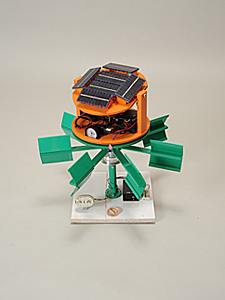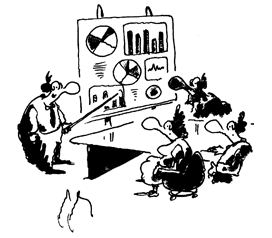It's about the food stupid
Currently there are about 5.9 billion lives on the earth to support, and of these nearly 15 million children die each year of malnutrition and starvation. . . While In the U.S., one third of the population is overweight and spends approximately $35 billion to cure this “disease”. $20 billion is all that would be necessary to feed every single malnourished nation.It's about the waste stupid
The United States makes up less than 5 percent of the population on earth, yet we easily consume over 30 percent of its resources. . . Americans dump 16 tons of sewage into their waters, every minute. We generate millions of tons of municipal waste each year, equaling approximately 4.3 pounds per person per day and 56 tons per person per year. Of that, 95 percent is deposited into overflowing landfills of which one out of two have been deemed in desperate need of repair due to leaks and contamination of ground soil. Eighty-four percent of the typical waste coming out of a U.S. household (food, yard waste, paper, plastic, cardboard, aluminum cans, etc.) is recyclable. But less than 5% is.We are what we consume...
Just about every single healthy person reading this article has between 70 and 90 industrial chemicals and pollutants flowing through their circulatory system at this very moment. We get these from the air we breathe, the food we eat, and the water we drink. The United States uses 100 different pesticides each year, equaling 2.2 billion pounds of toxic chemicals (carcinogens, birth defects, gene mutations) and only about 10 percent of the billions of pounds of pesticide chemicals (some 35,000 different chemicals total) used on produce since the 1940's have been tested for their negative effects on humans.Billions of plastic bags are made each year. Of these bags, one hundred billion are thrown away according to Worldwatch Institute, with less than 1 percent finding their way into a recycle bin. The end result of this is around 1 billion birds and mammals dying each year by the ingestion of plastic.
According to the World Resources Institute, 100 species die each day due to tropical deforestation.
A plant called the rosy periwinkle, which grows in the “rainforests” of Madagascar, has been used to make a drug that can cure some kinds of cancer.
Imagine all the other miracles we may have already lost out on.
Just kidding.... It's about the water stupid - without it, everything else is gone.
The typical U.S. Home uses no less than about 300 gallons of water every single day. Many people around the world have to travel miles just to carry back 5 gallons to use for an entire family. 31 countries around the world today face chronic freshwater shortages. In another 20 years, that number will increase to over 50 countries (2.8 billion people). Meanwhile, the United States continues to import bottled water for its consumers, of which burns about 1.5 million barrels of oil just to get it here, and costs over 10,000 times what a glass of tap water would be. All in all, bottled water per gallon has become more of a costly resource than gasoline itself and a single quart of motor oil dumped on the ground or in the trash, can contaminate up to two million gallons of fresh water.We have just as much water in the world today as we ever did, but only 3 percent of that is in drinkable condition. Two-thirds of the 3 percent is currently locked up in polar ice caps, while the remaining one-third is accessible for organic consumption. Sadly, of the remaining 1 percent of drinkable water in the world, only half of that is considered drinkable by international standards. In the United States alone, an estimated one-third of all its waters are considered unsafe for drinking, bathing, or even fishing. At its current rate of acquisition, 70 percent of all water systems in Europe and North America may soon be owned by private corporations.
Read A few more From Tree Hugger if you can stomach it.














